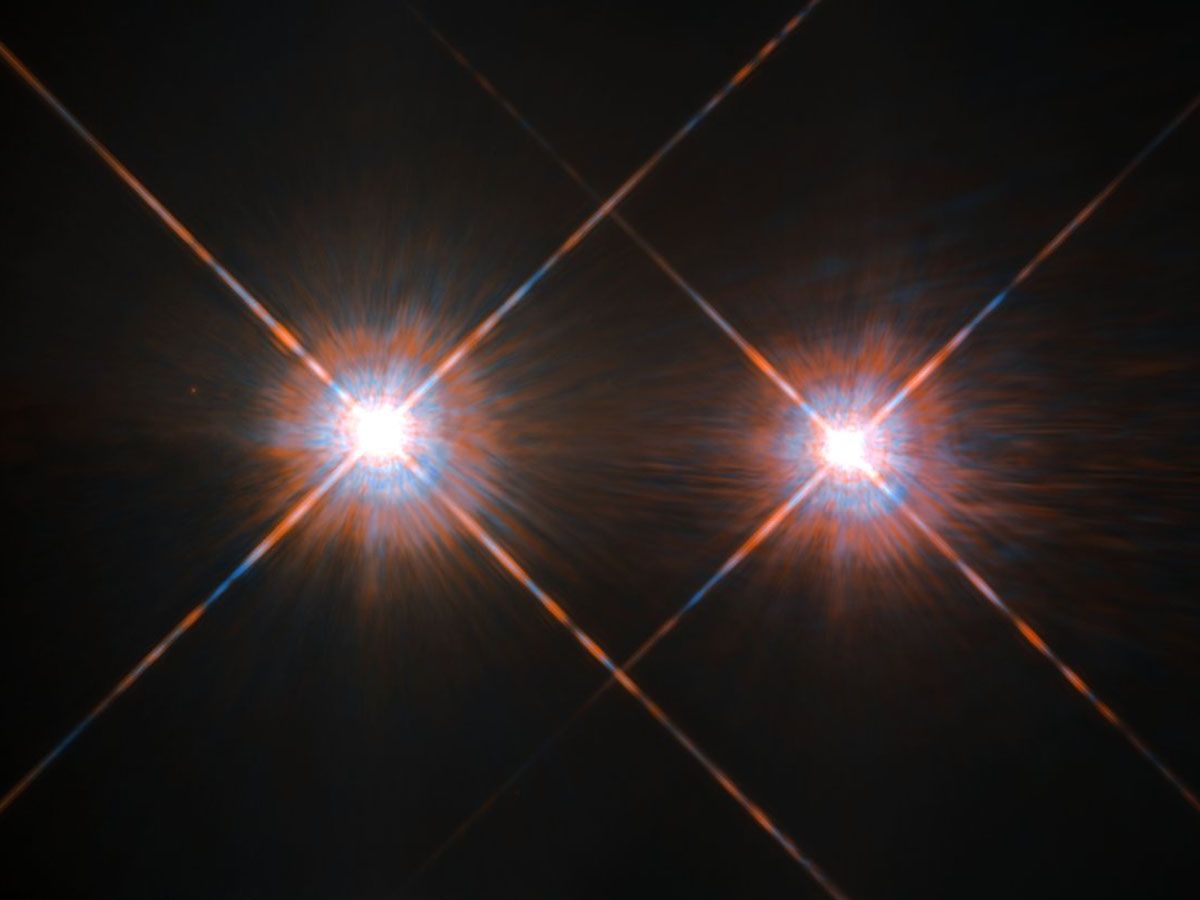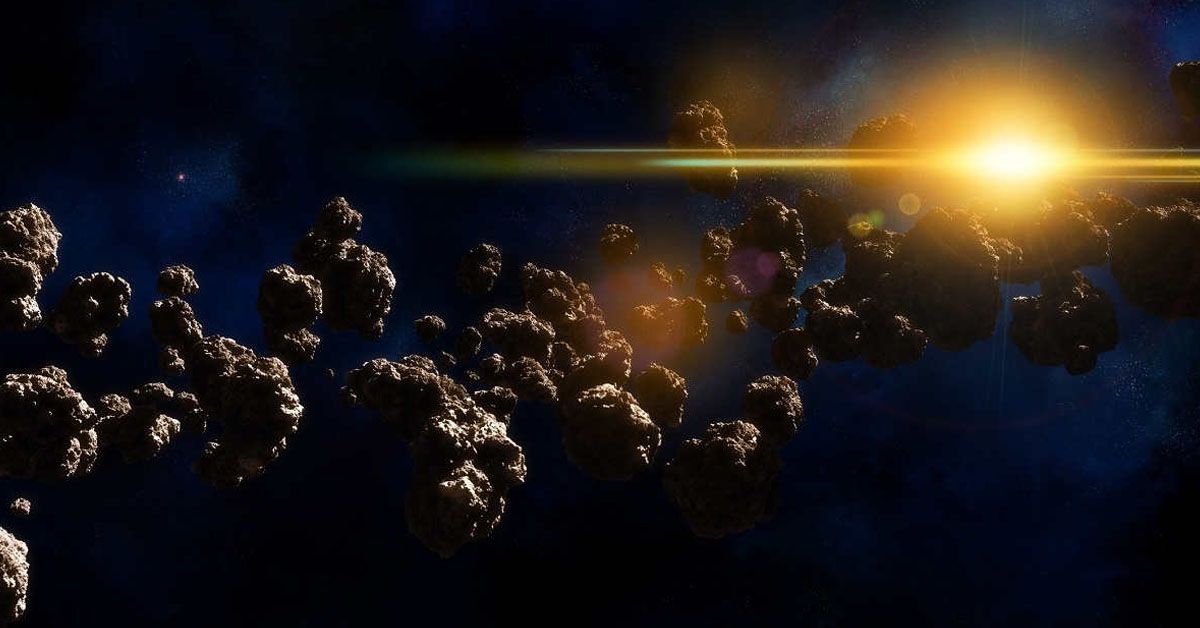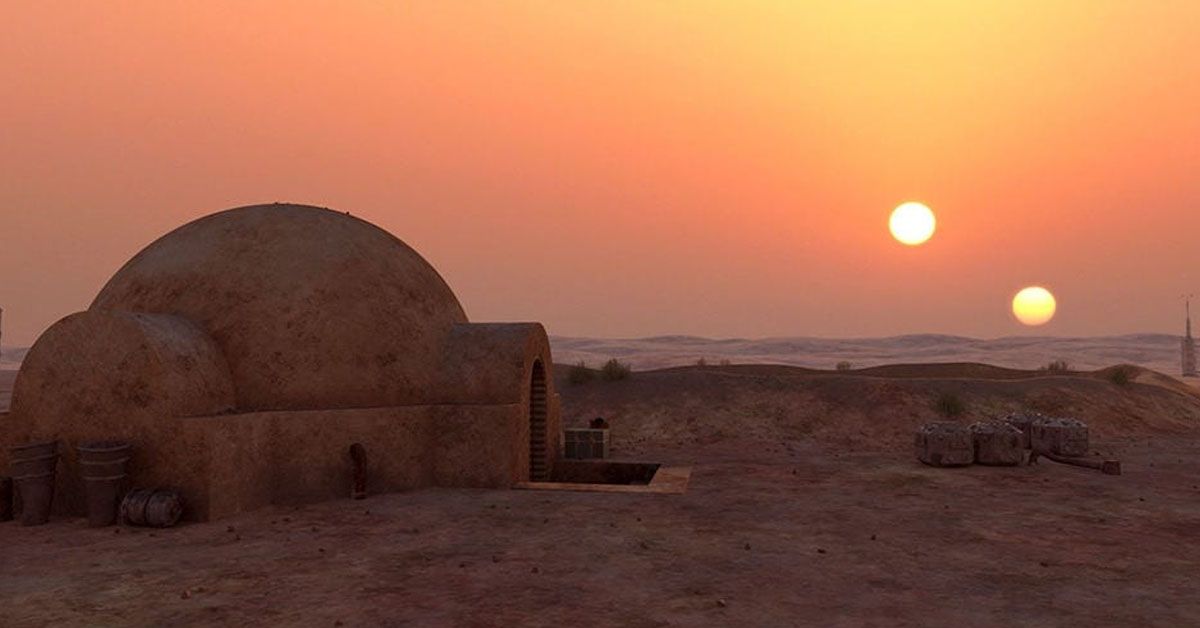Picture a colossal planet made mostly of gases, its size dwarfing Earth by a factor of 65, revolving around a duo of stars. Welcome to the realm of BEBOP-1c, an exotic exoplanet just recently spotted, that's opening up fresh avenues in our quest to unravel the universe's secrets.
This new celestial object brings to mind Tatooine, the iconic planet from the Star Wars saga known for its dramatic dual sunsets. However, this isn't mere fantasy or movie magic.
This breakthrough is grounded in high-tech science, enriching our understanding of the incredible spectacle of binary stars and their potential to host circumbinary planets.
Binary Stars and Their Prevalence in the Milky Way
You might think of stars as solitary objects, shining alone in the vast cosmos. But, the truth is, many stars have companions. Enter binary stars, star systems that consist of two stars orbiting around their common center of mass.
In simpler terms, think of them as stellar best friends, forever linked by the force of gravity.
It's not a rare phenomenon either. In our home galaxy, the Milky Way, binary star systems are quite common.
In fact, astronomers estimate that about half of all stars in the Milky Way have at least one companion star, making binary systems not the exception, but the norm.
Now, you might be thinking, "If binary stars are so common, why don't we find more planets around them?" Good question!

The reason lies in the complex dynamics of these two-star systems. In these systems, the gravitational forces between the two stars create a turbulent environment that can disrupt planet formation.
The dust and gas that usually come together to form planets might be tossed about, preventing them from coalescing into a single, stable planet.
Additionally, once a planet does form in such a turbulent environment, its continued existence can be precarious. The gravitational forces from the two stars can easily eject the planet from the system or cause it to crash into one of the stars.
It's a tough neighborhood to grow up in, and for a long time, scientists weren't even sure if planets could form and survive in such conditions. But recent discoveries, like BEBOP-1c, are proving that it's not just possible, it's happening!
The Emergence of BEBOP-1c
Resembling a gas giant, it packs a punch, weighing in at a whopping 65 times the mass of Earth. That's a bit lighter than Jupiter, the heaviest planet in our solar system, but it still ranks BEBOP-1c among the heavyweight champions of exoplanets.
And it's not just its size that's noteworthy. BEBOP-1c boasts a unique and captivating orbital dance. It revolves around its binary star system from a distance of about 79% of an astronomical unit (AU).
An AU is a handy measuring stick in astronomy, representing the average distance between Earth and our Sun.
So, imagine if Earth were nearly a quarter closer to the Sun. That's the kind of hot-seat BEBOP-1c occupies in its star system.

Now, let's unwrap the exciting science behind this cosmic revelation. The discovery of BEBOP-1c showcases the power of a technique known as radial velocity.
This method detects tiny wobbles in a star's motion, caused by the gravitational tug of an orbiting planet. By analyzing these wobbles, astronomers can infer a planet's presence, size, and orbit even without seeing it directly.
In a binary star system, though, using radial velocity becomes a mind-boggling challenge. The stars' light interferes with each other, making the tiny wobbles caused by a planet even harder to spot.
Yet, despite these hurdles, astronomers used this technique to identify BEBOP-1c, marking the first time a circumbinary planet has been discovered using radial velocity alone.
The Future of Circumbinary Planet Research
It's thrilling to think about what BEBOP has accomplished so far, but what does the future hold for this star-studded project?
The BEBOP team has their eyes set on the horizon, planning to expand their research to binary systems where the two stars are similar in size.
This new venture could open up fresh avenues of discovery and deepen our understanding of the fascinating dynamics in such systems.
The hunt for circumbinary planets doesn't stop with BEBOP. There are ongoing observational campaigns around the world working tirelessly to identify more of these captivating celestial bodies.

Telescopes in France and Chile are scanning the heavens, their gaze fixed on the starlit abyss, hoping to catch a glimpse of these elusive entities.
One key aspect of future research will be delving into the atmospheric chemistry of circumbinary planets. Comparing their atmospheres to those of planets orbiting single stars could unlock invaluable insights about planet formation and evolution.
Are there unique gases or compounds in the atmospheres of planets with two suns? How do these elements contribute to or hinder the potential for life? These are just some of the riveting questions we hope to answer in the coming years.
The Role of Telescopes Like the James Webb Space Telescope
As we venture further into these research frontiers, instruments like the James Webb Space Telescope (JWST) will play a crucial role.

This powerful space observatory, set to be the successor to the Hubble Space Telescope, has the potential to peer into the atmospheres of exoplanets like never before. With such advanced tools at our disposal, we stand on the brink of a new era of discovery.
It's a tantalizing thought: one day soon, we may find that the scene of dual sunsets, once confined to the realm of science fiction, is more common than we ever imagined.
Sources: nature.com













